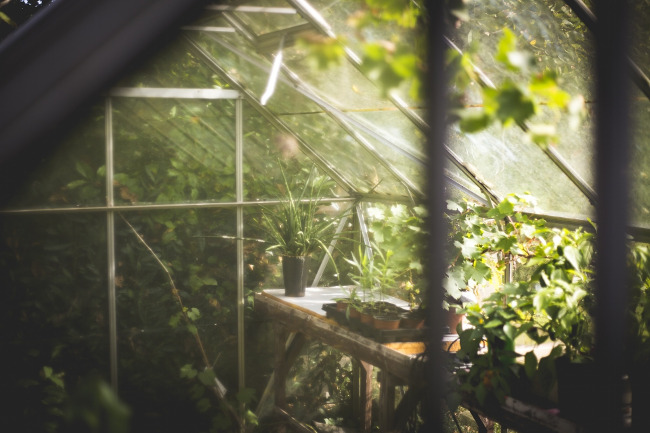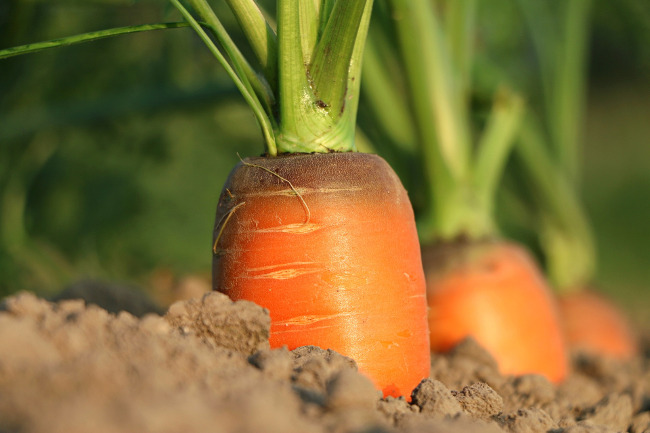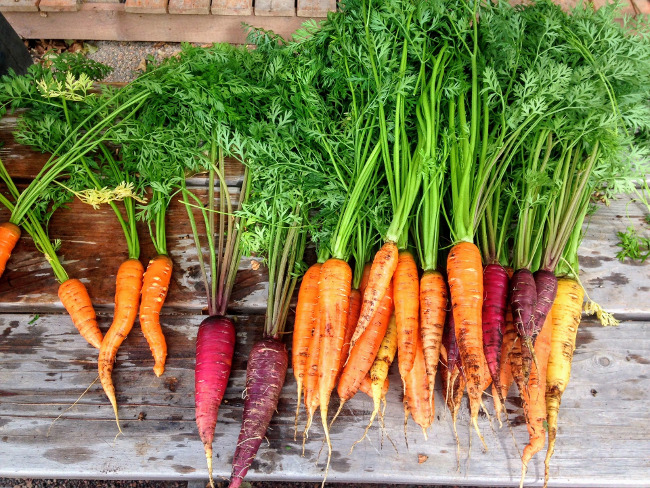Ever thought about growing your own vegetables at home? Cultivating your own produce isn’t just one of the most rewarding things you’ll do, but it’ll transform your meals, too. Freshly picked veggies are bursting with flavour and eating seasonally will mean that you never have a chance to get bored with eating the same dishes over and over. And, you’ll be reducing your carbon footprint, too – so it’s a win-win situation.
If you’re new to gardening, growing your own vegetables might seem like a daunting task – but armed with a few essential tips, you’ll be reaping the benefits in no time.
Here’s how to get started.
Choose a garden type
If you’re lucky enough to have a lot of space in your garden, decide on a layout that will maximise the use of the land. For example, if your yard has a slope, consider creating terrace gardens.

Take into consideration the requirements of the veggies you’re planting, too – do some reading up, then consider placing vegetables with similar sun exposure, water or fertiliser requirements together in groups.
According to patiosunumbrellas.com, those who don’t have a real garden should consider growing their vegetables in a container. You can place your mobile garden on a patio, or even a balcony, and grow them from there. These types of gardens are some of the simplest to plant, and are even more effortless to maintain, so if you’re new to gardening then they are a great place to start. For best results, buy local vegetable seed varieties, as they are most likely to do the best in your climatic conditions.
Plan your garden layout
Once you’ve decided on the type of vegetable garden you’re going to grow, it’s time to consider the layout. Whatever option you’re going for, you should always locate the plants in areas that are exposed to full sunlight.
For example, vegetables such as squashes or cucumbers tend to grow upwards in order to get sunlight, which will save space in your garden and enable optimal results.
Consider using brick or mulch on the path to the vegetables. For your border, try planting low shrubs, as they will prevent weeds and even run-offs. On the other hand, avoid planting anything close to big or tall trees, as they will block the sunlight and prevent it from reaching the plants – as well as drawing away all the water from the soil.

Companion planting
There are several crop layouts which are suitable for different garden spaces. Usually, harvest varies depending on some specific factors, some of which – such as pests and weather conditions – will be beyond your control.
Companion planting is a sophisticated method which offers a host of advantages. These include:
Confusing pests – usually, planting one type of vegetable will attract specific pests, but mixed planting can confuse them, and therefore, keep them away. Do bear in mind, however, that it is not an ideal practice for crops which need special protection.
Growing insectary plants – there are plants which on flowering, attract beneficial insects, which naturally control pests.
Shape and support – mixing tall and short plants can be beneficial. Tall plants can provide shade to vegetables which need a minimum amount of sunlight, as well as being a source of support to climbing plants such as beans.
Ensure the garden is of the correct size
The ideal garden size depends largely on what you intend to grow. For instance, if you are looking to plant winter squash, the ideal dimensions would be a 20 x 20-foot garden – but herbs, cucumbers, pepper or beans, on the other hand, will only require around 12 x 16-foot. If you’re hoping to grow enough vegetables to provide for your family and then some, consider growing vegetables in successions. In this case, the bed should be three feet wide, with 18 inch paths.
Now, create the garden
Now that you’ve decided on your garden type, layout, and measurements, it’s time for the exciting bit! The next step is creating the garden. To get started, you’ll need a variety of tools including a hammer, stakes, strings and a tape measure.

For best exposure to sunlight, the garden rows should run from east to west. Place tall vegetables at the northern end. Your plan should guide you on where to drive each stake, to create the corners of the garden.
Next, it’s time to remove the weeds. You can do this by hand, or use rototill. Have you previously tested the pH of the soil in your garden? If not, now is the time to do so. Usually, a majority of the vegetables thrive in soil pH of 6.0-6.8.
Once you’ve tested, if the pH happens to be a little low, consider using limestone to raise it (in areas with high-rainfall). If the pH is too high, try using sulfur to lower it (in arid regions).
Plant planning
Tender plants such as eggplants will need a lot of sunlight, so, reserve sunny spots for them. Place roaming plants at the edges of the garden to prevent their vines blocking other plants and take note of plants which need to be around others for ease of pollination.
Follow these simple steps, and you’ll have a beautiful vegetable garden in no time – and, if you take good care of it, you’ll be harvesting the fruits of your labour before you know it.






















